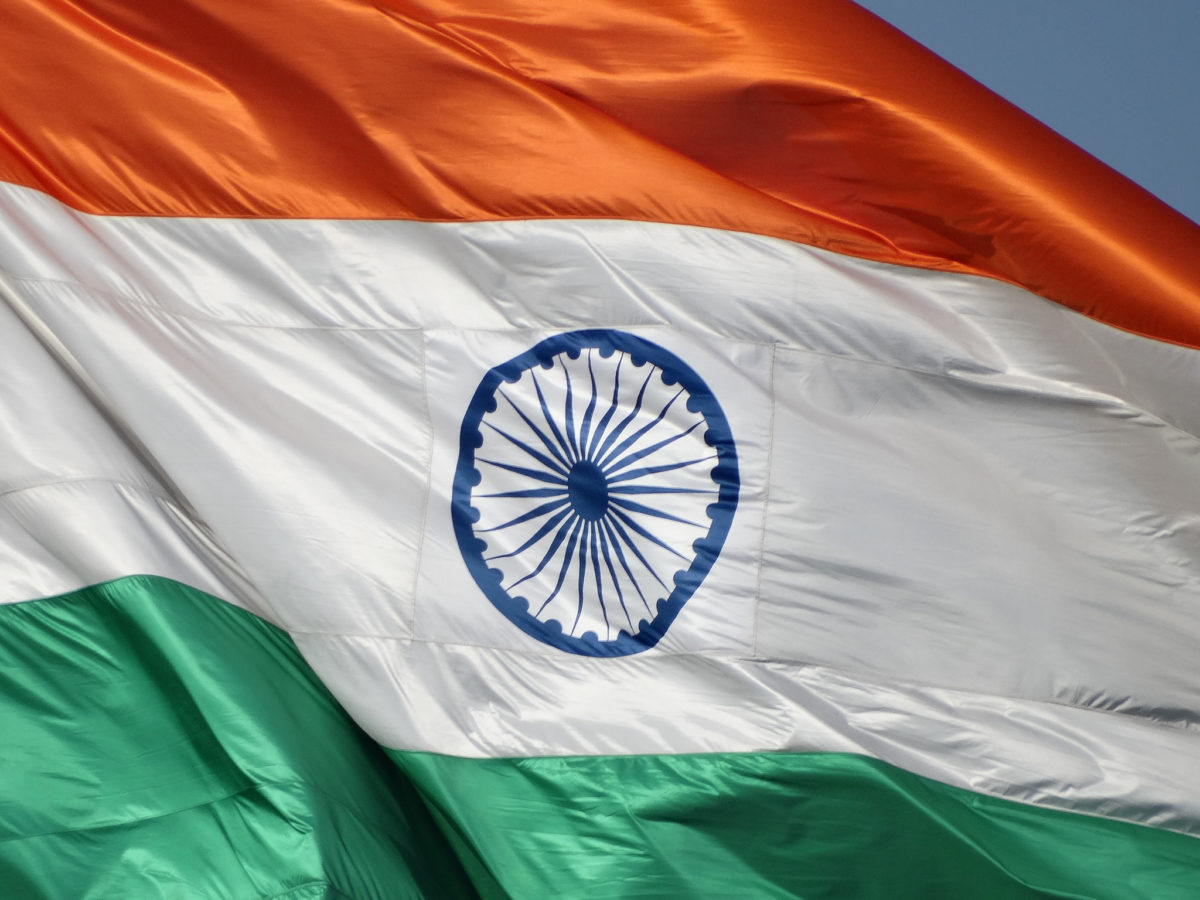Indian solar power capacity will grow robustly at an annual average rate of 15.3% to reach 105.9 GW by 2028, up from 26 GW in 2018 – according to the latest report from Fitch Solutions Macro Research, a unit of Fitch Group.
“Our view is underpinned by continued strong government support for the solar sector, including aggressive growth targets, a large number of capacity tenders and the increasing efforts to establish a favorable investment environment for the technology,” stated the report. “This is coupled with the government’s increasing efforts toward encouraging rooftop solar installations which will ensure that distributed small-scale facilities become a supportive factor to solar growth.”
Fitch analysts expect India to continue to outperform rival markets over the next decade as recent problems such as safeguarding tariffs and uncertainty over goods and services tax (GST) will have only a near-term impact.
Predicting Modi’s BJP party will be victorious as part of the National Democratic Alliance in the Lok Sabha elections, the analysts said: “The strong renewables growth has been seen as a key marker of Modi’s power sector reform success and we believe the Modi government will seek to overcome some of these potential rising costs through the provision of preferential policies and increased funding and subsidies.” Should the elections spring a surprise, any new government would be unlikely to renege on renewables policies, they added.
No long-term hurdles
The 25% safeguarding duty applied to solar cells and modules from China and Malaysia, GST uncertainty and land availability and acquisition issues have weighed on investor confidence, however, as evidenced by a 27.8% fall in the amount of new solar capacity added last year, compared to 2017.
However, Fitch analysts believe those obstacles to solar adoption will affect growth only in the short term as developers are stalling projects to bypass the two-year tariff on east Asian products. Fitch researchers believe the new Indian government is unlikely to renew safeguarding duties after two years, due to their lack of effectiveness in boosting domestic solar manufacturing.
GST uncertainty is expected to ease in the months ahead, as developers will be able to renegotiate corresponding compensation from state commissions through power purchase agreements that offer GST relief.
Developers will be able to seek alternative sources of cheap solar equipment against a backdrop of falling prices, say the analysts. According to data from the Ministry of Commerce, the application of safeguarding duty on Chinese and Malaysian products has seen cell import volumes from Thailand and Vietnam rise significantly. Those imports have comparable prices, not surprisingly given Chinese manufacturers have set up fabs in those markets to bypass duties.
Government push buoys outlook
The Fitch analysts highlight that in the first few months of this year alone, the Indian government set up schemes to support solar – including 12 GW of new grid-connected capacity for government use; tariff policy amendments to introduce renewable power obligations; waiving inter-state transmission charges for solar and wind projects for 25 years; drawing up a new National Electricity Plan to develop transmission systems and incorporate 175 GW of renewables into the grid by 2022; and implementing the Kisan Urja Suraksha evam Utthaan Mahabhiyan program to help farmers install solar pumps and grid-connected PV projects.
That is all on top of the aggressive growth targets and large number of capacity tenders being held, particularly for the development of solar parks and ‘ultra mega’ solar projects.
An increasing focus on rooftop solar also has the potential to bypass the land availability and acquisition issues that dog large-scale installations, and buoys a positive long-term outlook for solar growth. The government has implemented a string of programs to promote rooftop solar which offer financial support and subsidies for residential, social and institutional PV systems.
The government has also attempted to reduce the financial risks and implementation costs associated with solar project development by improving the facilitation of concessional loans from lenders such as the World Bank and the Asian Development Bank which have committed strong financial support.
Indian banks have sought to increase the availability of loans too. For example, renewable energy and solar was established as a ‘priority sector’ for loans by the Reserve Bank of India and eight other public sector banks have also included rooftop solar as part of their housing lending.
This content is protected by copyright and may not be reused. If you want to cooperate with us and would like to reuse some of our content, please contact: editors@pv-magazine.com.









By submitting this form you agree to pv magazine using your data for the purposes of publishing your comment.
Your personal data will only be disclosed or otherwise transmitted to third parties for the purposes of spam filtering or if this is necessary for technical maintenance of the website. Any other transfer to third parties will not take place unless this is justified on the basis of applicable data protection regulations or if pv magazine is legally obliged to do so.
You may revoke this consent at any time with effect for the future, in which case your personal data will be deleted immediately. Otherwise, your data will be deleted if pv magazine has processed your request or the purpose of data storage is fulfilled.
Further information on data privacy can be found in our Data Protection Policy.